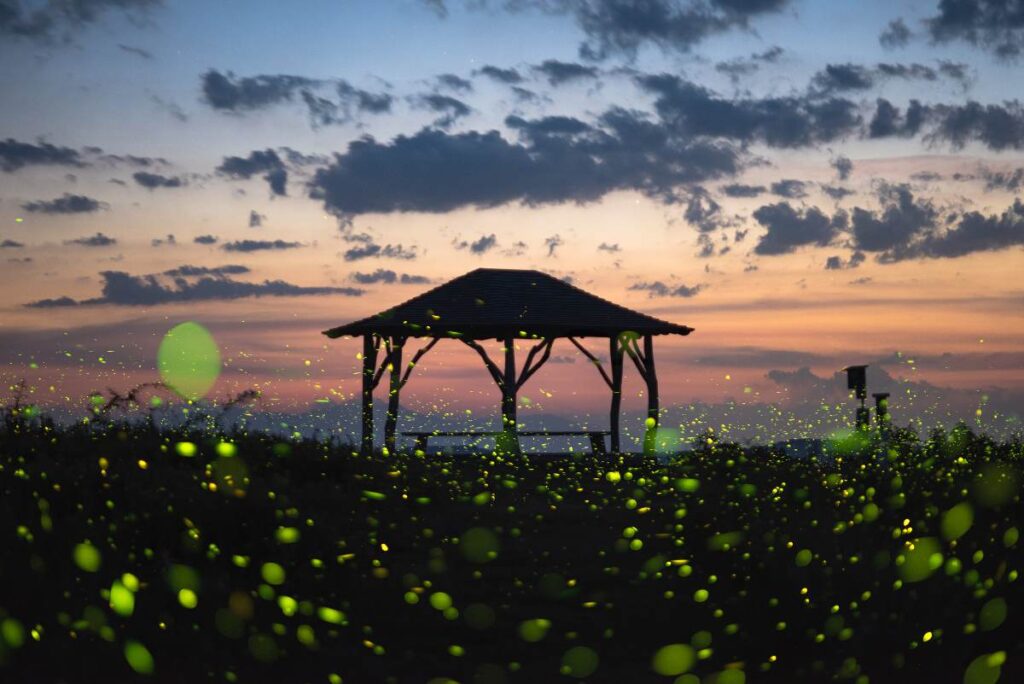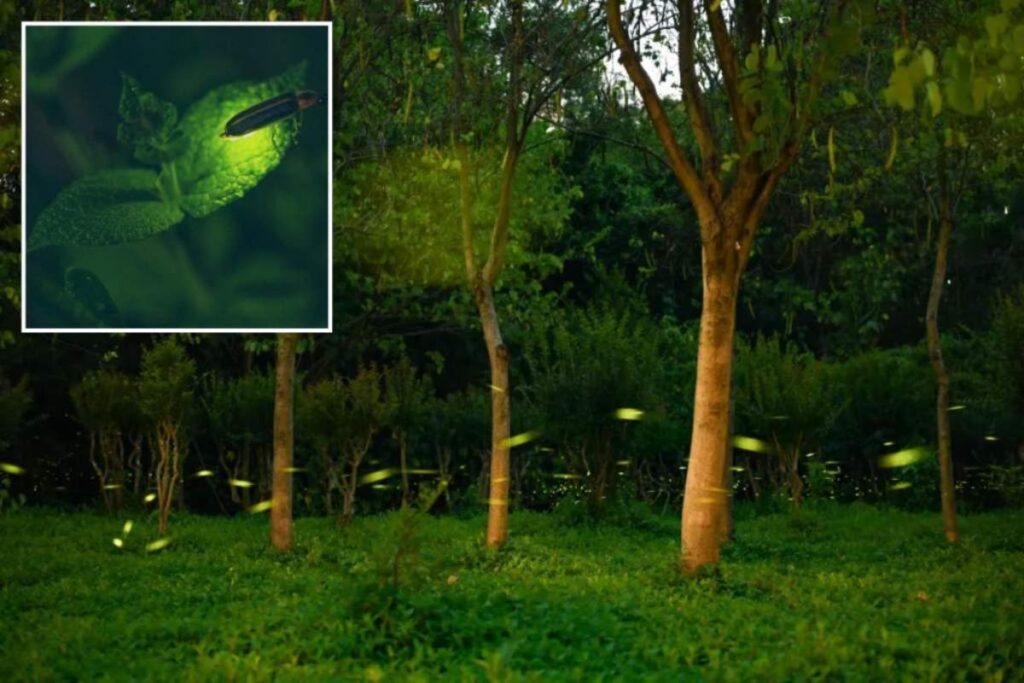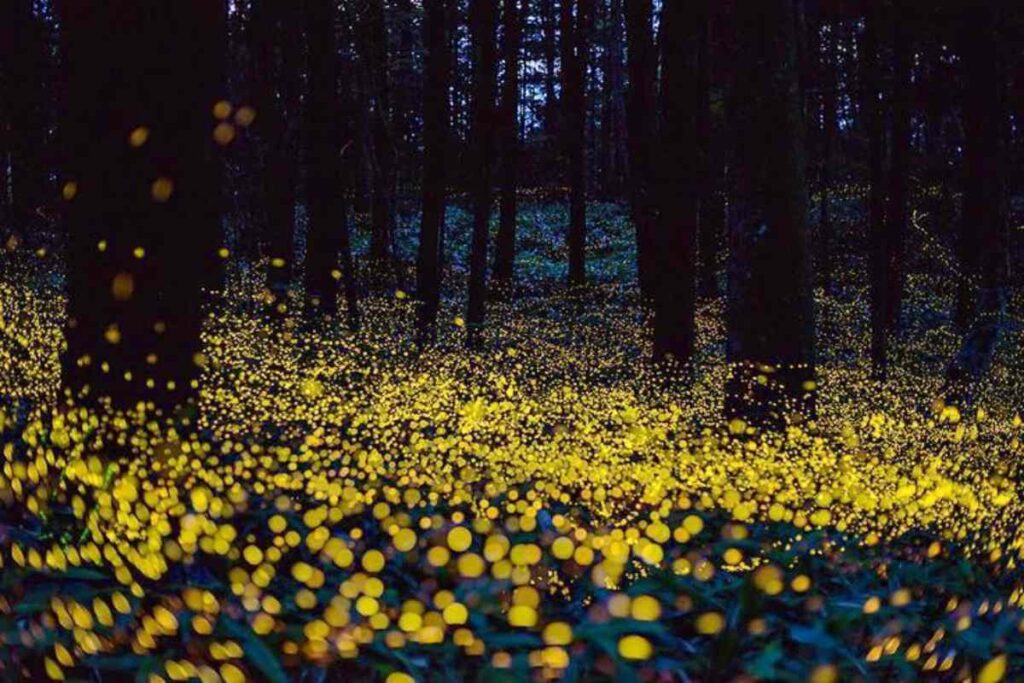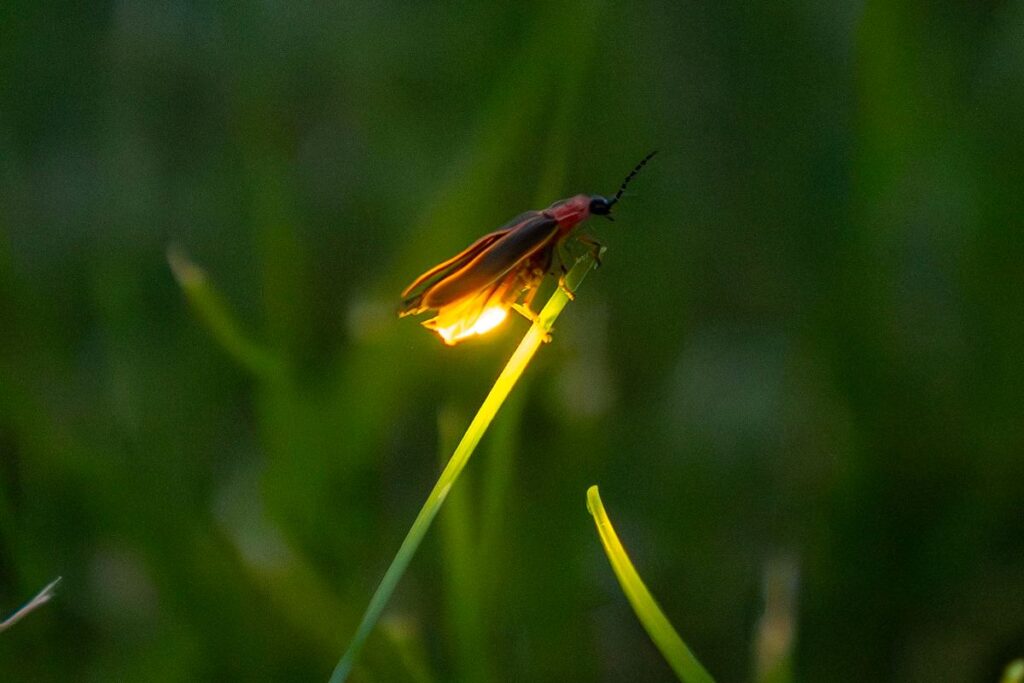A cool summer night is difficult to forget. Even more memorable is the luminous magic of fireflies, those adorable creatures that dance in the moonlight.
“Fireflies are nature’s flash mobs. They are there in one moment and gone the next. They remind us of the fickle nature of life.”
Just as these insects dazzled us with their beauty, so did they thousands of years ago, long before they made their way into science books. Incredible right?
But the story is just beginning.
Are you aware that there are over 136 species of fireflies? All of these have featured in folk tales, participated in wars, and inspired some of the greatest scientific discoveries and ground-breaking inventions.
Fireflies are nature’s flash mobs. They are there in one moment and gone the next. They remind us of the fickle nature of life.
Let’s explore the history of fireflies and their roles in shaping cultures and knowledge across centuries. We will also find out how they faded out in the 21st century and their surprising “major comeback.”
Fireflies in Folklore: Mystical Lights Across Cultures
For many centuries since the world began, fireflies have added some valuable glow to many cultures. You will find these celebrity insects in Asian storytelling — stories that have been passed down from generation to generation.

The case is no different in ancient American culture. Also known as lightning bugs, fireflies have long been associated with love. They’ve been used to represent the supernatural and show that human beauty doesn’t last forever.
“The ‘Hotaru no Hikari’ reminds the students that their youthfulness will fade away in a while.”
Fireflies are called “hotaru” in Japanese culture. Japanese folklore presents them as the souls of long-departed battle heroes. At other times, they represent desperate lovers searching for their soulmates at night.
Interestingly, there’s even a Japanese song about fireflies that’s popularly sung during graduation ceremonies. The “Hotaru no Hikari” reminds students that their youthfulness will fade away soon.
In Native American cultures, fireflies are believed to be the spirits of the dead. They also tell their kids that these insects are little fairies moving about with lanterns. In other stories, they are representatives of another world, here to convey important messages.
Greek philosopher Anaximenes also made significant contributions to the study of fireflies. He was the first to provide an accurate general explanation of the biological process by which insects generate this light.
In Europe, fireflies are a mysterious character in stories passed down from ancestors to offspring. It’s hard not to wonder about the sophistication of these tiny light carriers.
Even scientists have been blown away.
Aristotle to Edison: How Science Unravelled the Glow
Many scientists, including early philosophers, have tried to understand how fireflies generate light. Aristotle began studying the insects and, around 350 BCE, made some discoveries that he documented in his book.
There, he referred to the insect as “living light.” Furthermore, he expressed wonder at how fireflies produce light without heat, a feat that was unheard of at the time.

After him, other researchers got to work. Scientists such as Robert Boyle dismantled the insect. They separated the glowing part and found that the oxygen supply was what made light production possible. This was in the 17th century.
The renowned inventor Thomas Edison was also widely reported to have derived inspiration from fireflies. Although no one can point to any comprehensive study conducted by the Englishman, a popular story reflects his fascination with the little creatures.
“The process, known as bioluminescence, involves the production of light through a chemical reaction rather than heat or external factors.”
According to the story, Thomas Edison had a practice of trapping fireflies in transparent glass jars. He then used the jars as lanterns.
20th-century scientists went even deeper. They separated the light generation process into two parts. The process, known as bioluminescence, involves the production of light through a chemical reaction rather than heat or external factors.
The first part of this reaction they saw was the stimulation phase. Here, an enzyme called luciferase triggers the chemical reaction. During this reaction, a compound called luciferin is made to emit light.
But this fascinating phenomenon later began to fade out.
Lights Out: The 21st-Century Decline of Fireflies
In the 21st century, the firefly population began to drop. It wasn’t obvious at first, but as time went on, people began to miss their presence on summer nights. This began in the mid-2000s and continued for more than two decades.
Fireflies rely on darkness to showcase their glow. Their lights enable them to attract potential mating partners.
“The lights from the insects were used to read maps and notes without drawing enemy attention or giving out positions.”
Another reason for the fall in their population was the rise in pesticide use. Pesticides eliminated many of the fireflies’ sources of food and interfered with their reproductive cycles.
However, the biggest culprit is light pollution. Yeah, that’s actually a thing. There are many more artificial lights in our environment today. As beautiful and helpful as they are to us, they aren’t a good thing for fireflies.

With artificial lights drowning out these signals, pairings become less possible. Their reproduction rate drops, and their population follows suit.
Torchless Maps and the Field Notes: Fireflies in World War 2
Aside from the general population, soldiers have also benefited immensely from fireflies. An interesting aspect of firefly history is their role in the Second World War.
It has been reported that during the war, both American and Japanese combatants used fireflies. The lights from the insects were used to read maps and notes without drawing enemy attention or giving out positions.
American soldiers were known to cup their hands around fireflies, facing downwards to read. That’s how torchless maps became a thing throughout the war.
“We cannot allow our kids to miss out on the magic that ancient generations enjoyed.”
The Japanese were more drastic in their approach. They smeared the dry remains of these insects on their wet hands. Afterward, they used these hands to read materials during the war.
For many years after, armies have toyed with the idea of developing the light production technique scientifically. Although no success has been achieved, there is still a flicker of optimism that this idea can come to life someday.
Can We Keep the Glow Alive?
Fireflies must not go extinct!
Studies show that “one in three assessed North American fireflies may be at risk of extinction.” Sadly, in the past, this insect hasn’t received the necessary attention it needs to survive.
Thankfully, things are changing. There have been serious efforts, especially since the 2020s, to revive their populations.

Scientists worldwide, in collaboration with activists, are working diligently to preserve their habitats. Efforts have also been taken to reduce light pollution.
Areas such as the Kuala Selangor Firefly Park in Malaysia have become dedicated havens for firefly preservation. Visitors troop into the park to watch a large number of these insects display their beautiful lights in the evenings.
A similar site is the Elkmont firefly viewing area in the Great Smoky Mountains National Park, Tennessee. The area is home to 19 firefly species and receives a limited number of visitors, who are selected through lotteries.
The park service limits the number of visitors to shield the insects from hazards. This is the kind of drastic measure required to keep the glow of fireflies alive.
We cannot allow our kids to miss out on the magic that ancient generations enjoyed. Fireflies mustn’t exist only in folklore or science books.
Are fireflies back in your area? If not, when did you last see their light green fires?


